01-04-2020 - Gearbox install
I'm skipping a couple of things, but we'll get back to the minor points in due course.
When the shipment to myself from overseas came in with the gearboxes and engine, it was at that point I knew it was actually possible to complete this. It was at that point I went to various online retailers and the following occurred:

So, what do we have here.. Nothing special, but it'll do the job:
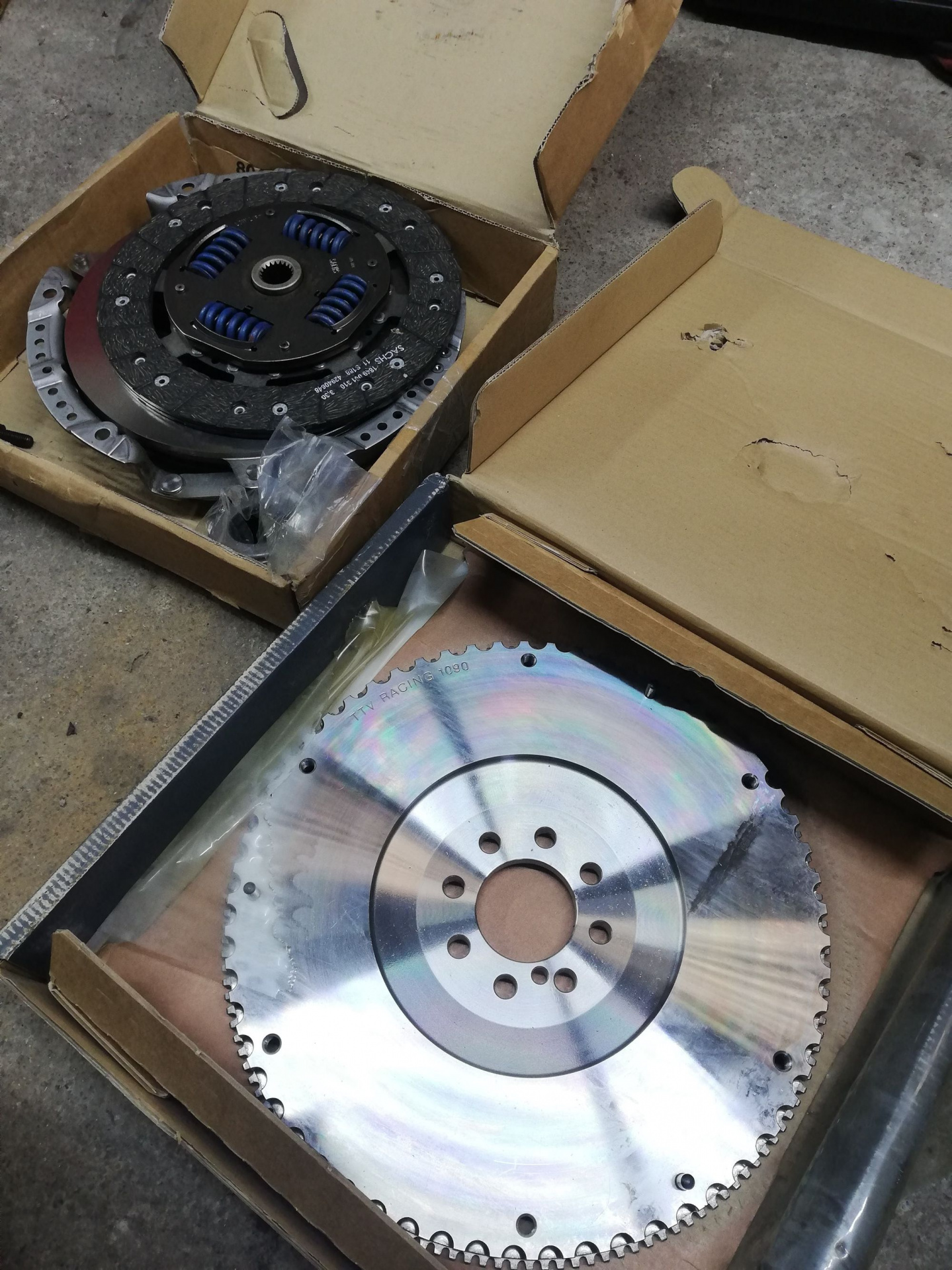
After getting the engine off the crane, I've decided now's the time to install the pilot bushing, the flywheel and the clutch on the engine. It's finally time!
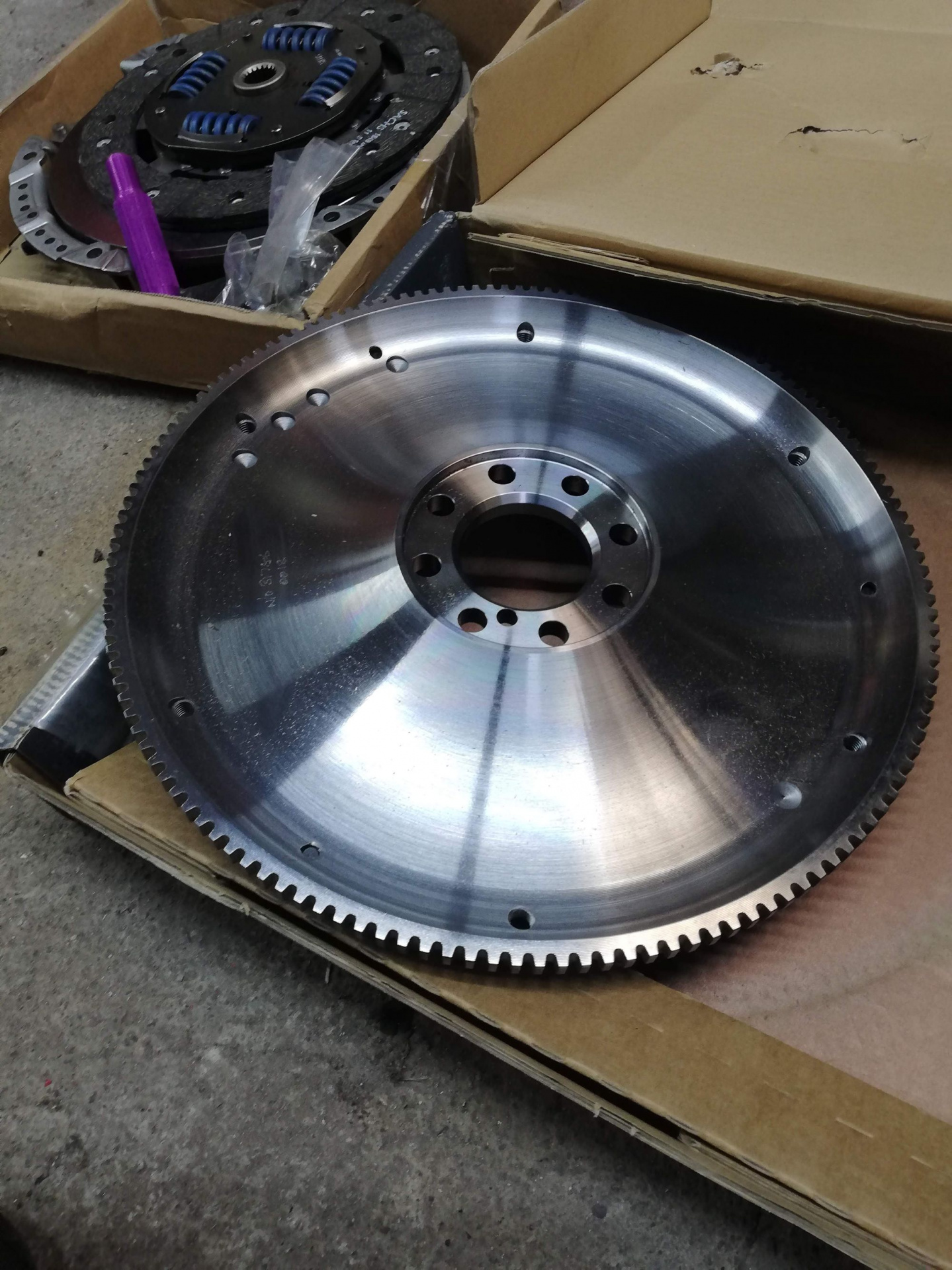
TTV Lightweight flywheel and in the back, a Sachs 240MM clutch setup. The purple piece was a 3D-printed clutch centering tool from thingiverse.
At 5.6KG, it's about half the weight of the original dual-mass flywheel that came off with the M90. Should spin a bit easier now!
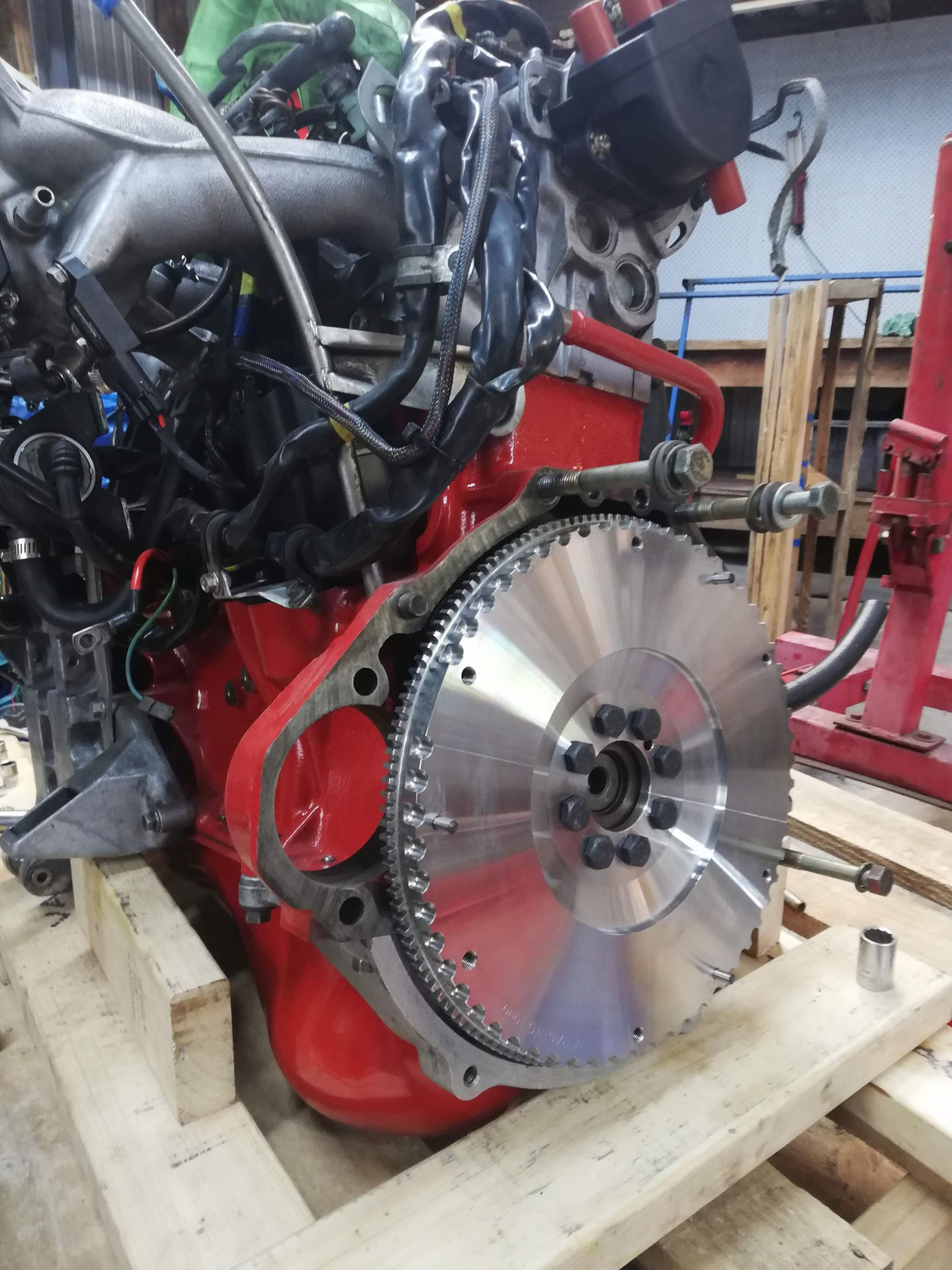
Mmmm so fresh, new bolts and all.
The Classicswede 'kit' came with flywheel bolts, a new pivot ball and all the bits needed to convert from a dual-mass flywheel to the LH2.4 single mass TTV flywheel.
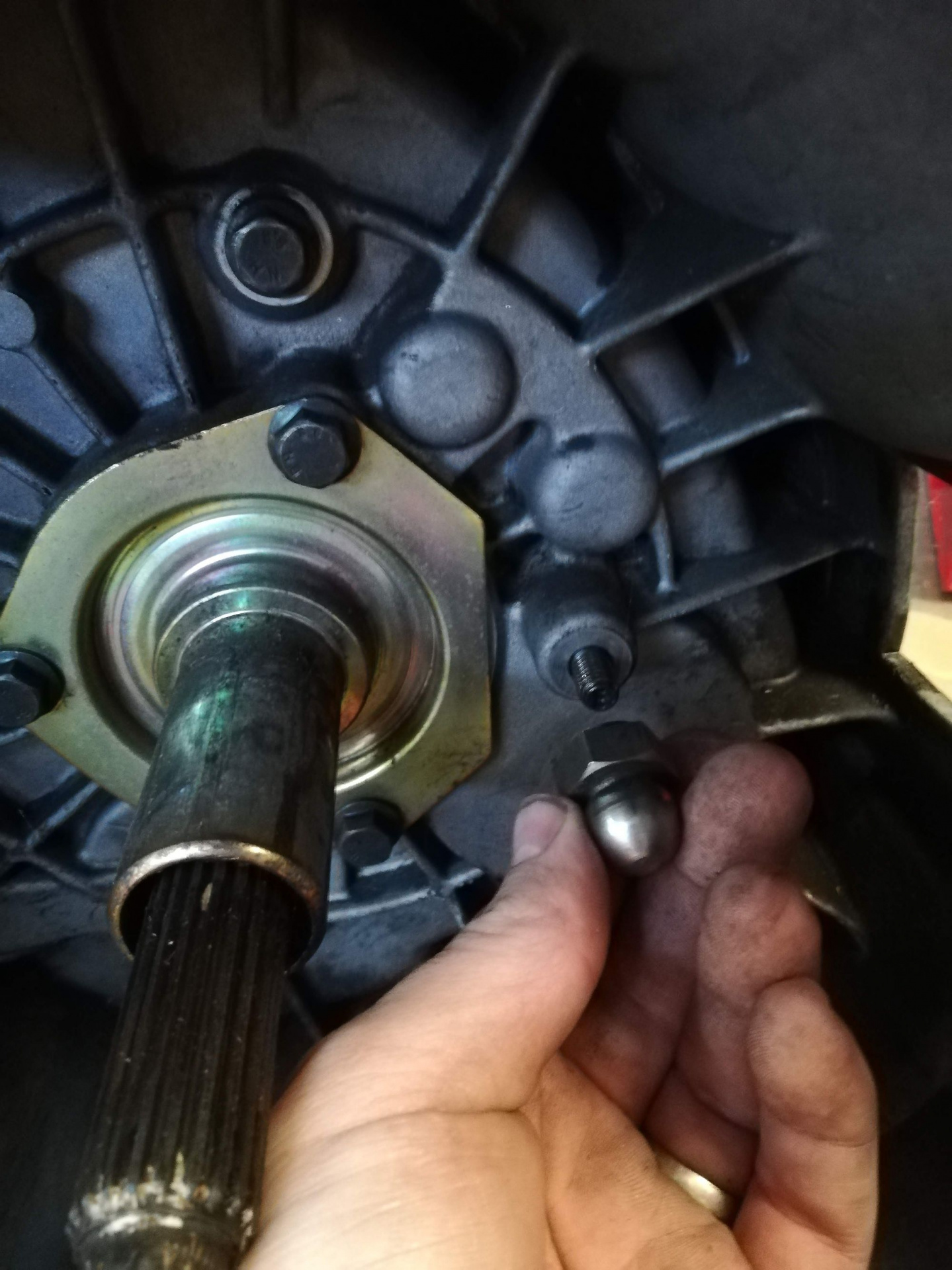
Remove original pivot point from gearbox
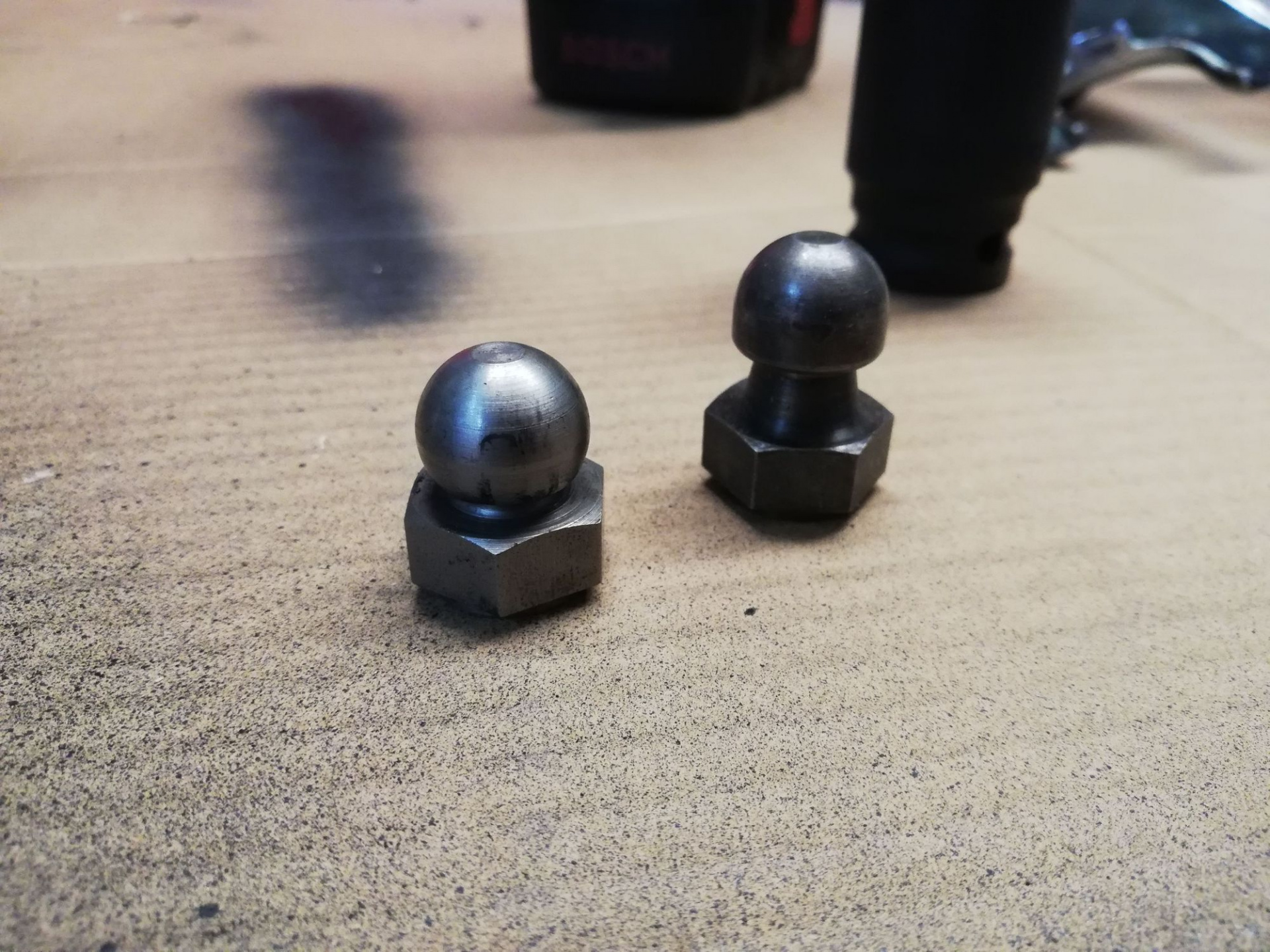
Replace with extended pivot ball
You can see the height difference in the pivot ball because of the different thickness of the flywheel.
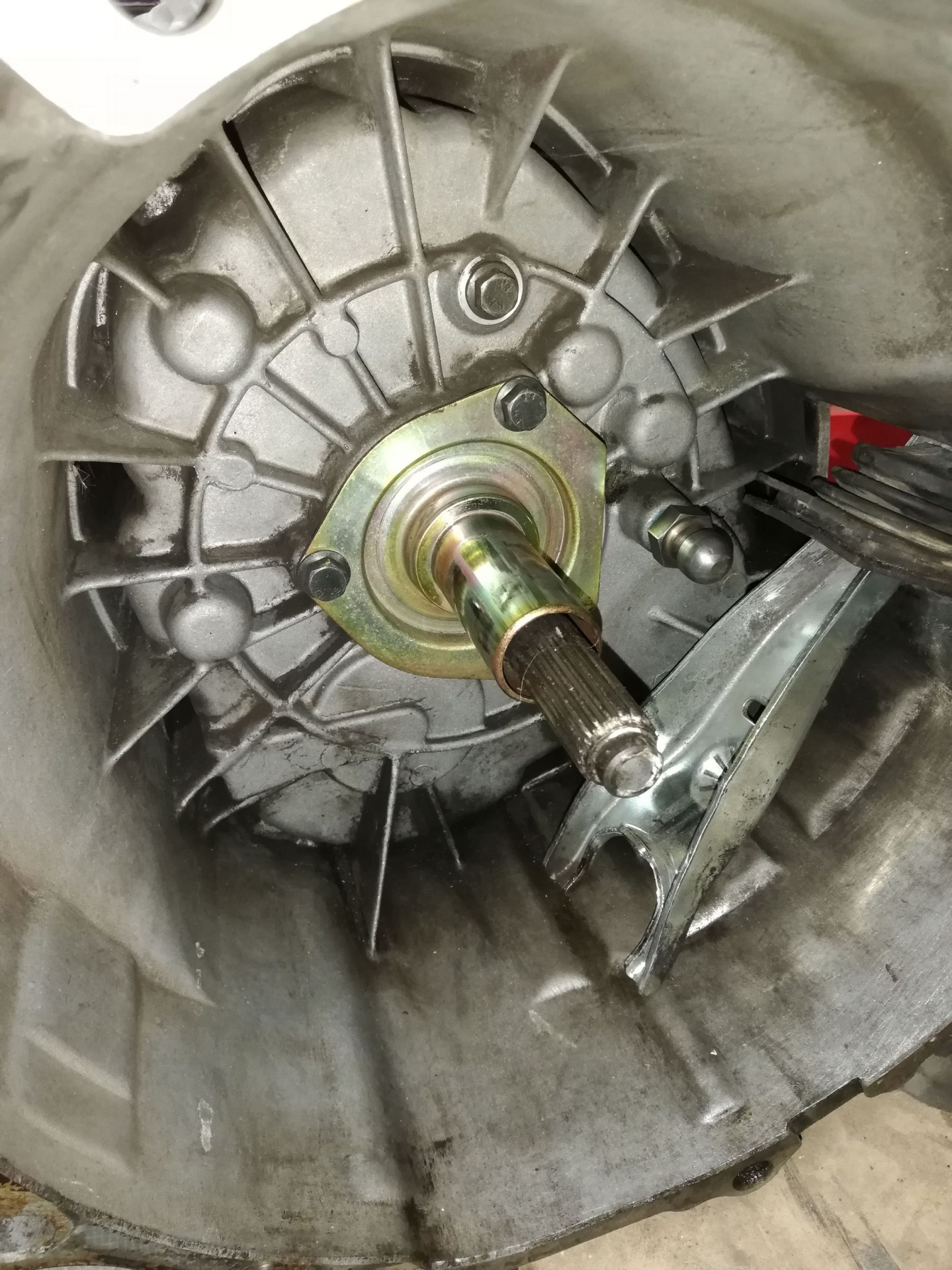
Install clutch fork and throwout bearing
Using an external slave and fork is old tech, but I'm not looking to figure out the complexities of a concentric slave here. If I lived in sweden I'd probably have a much more exciting build than this.
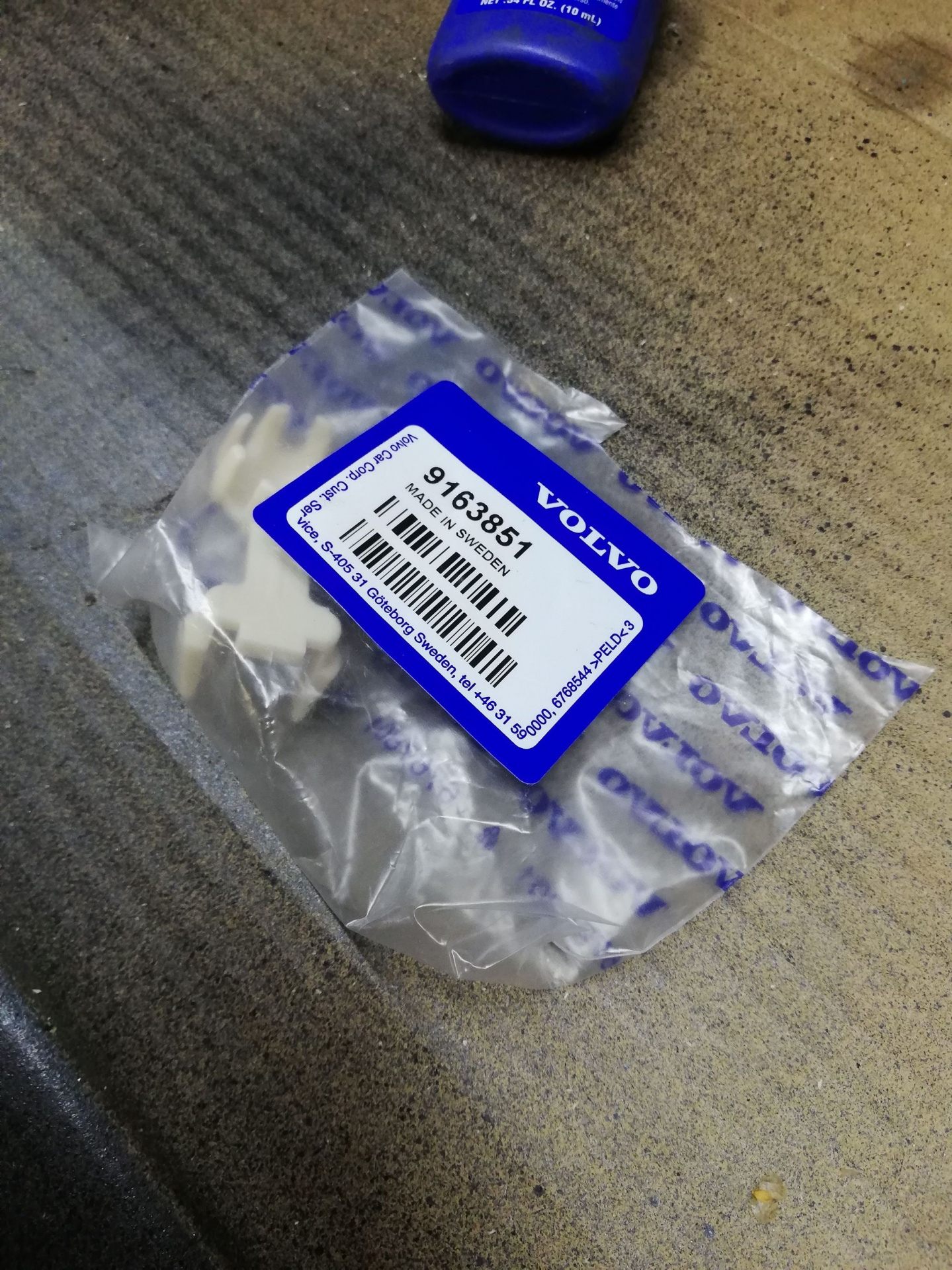
New OEM pivot ball clip thingy for clutch fork - the first one of these didn't make it through the post intact but Dai sent a new one quickly which was nice.
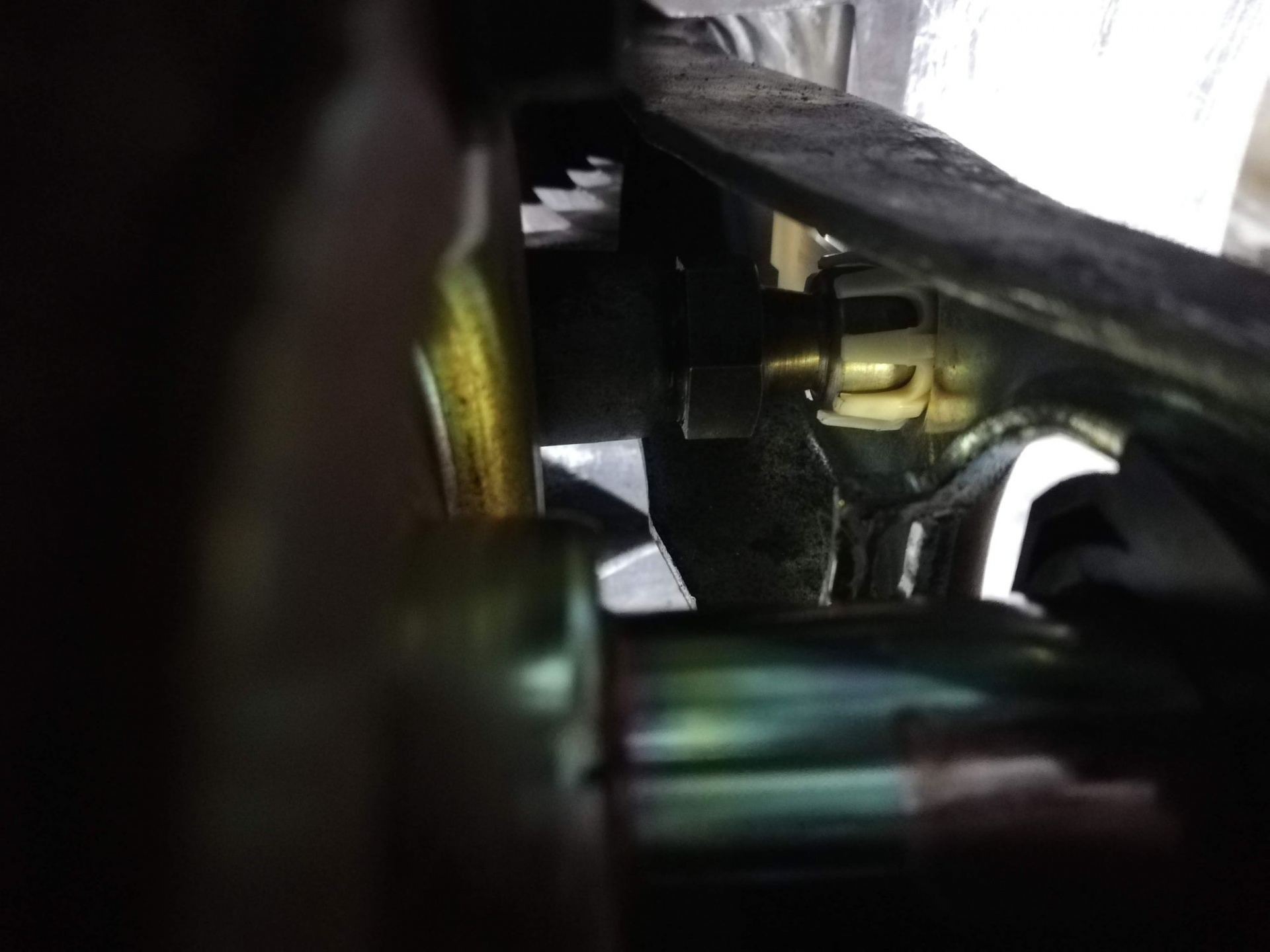
Sneaky pic of the clutch pivot ball clip installed on the ball
What it looks like installed after putting some graphite powder on the sliding part.
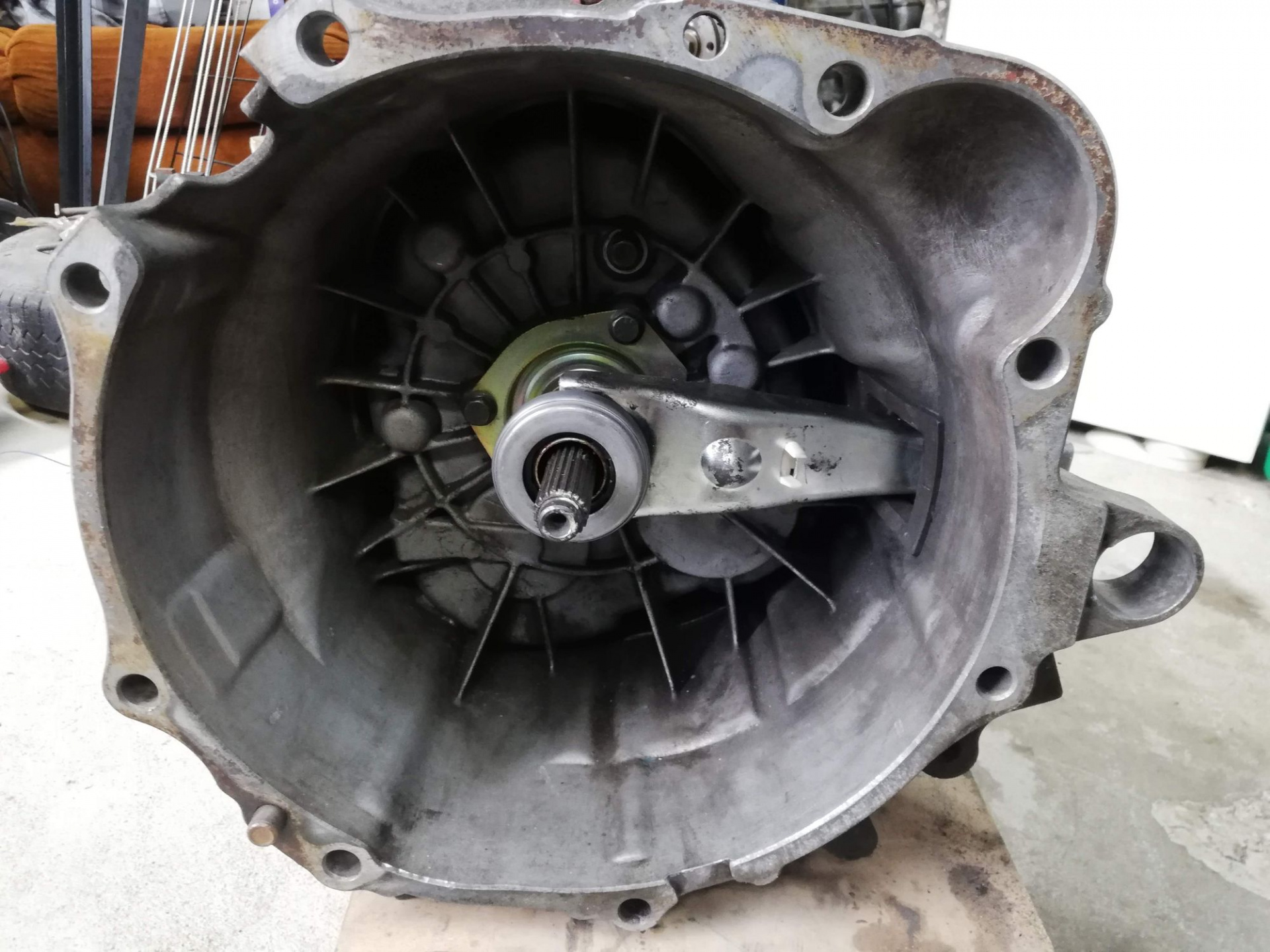
Ready to be installed!
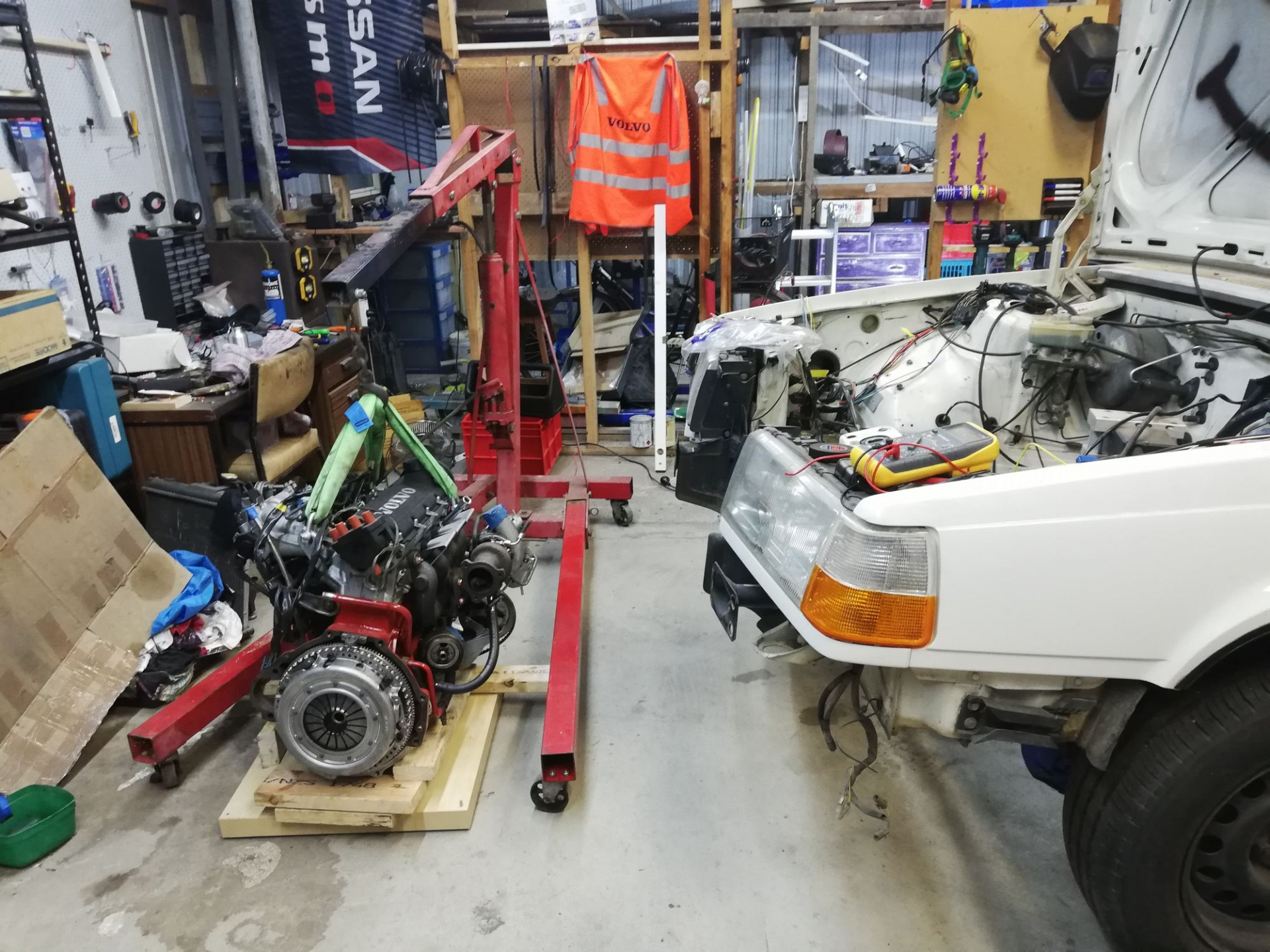
Finally ready to offer up the box to the engine!
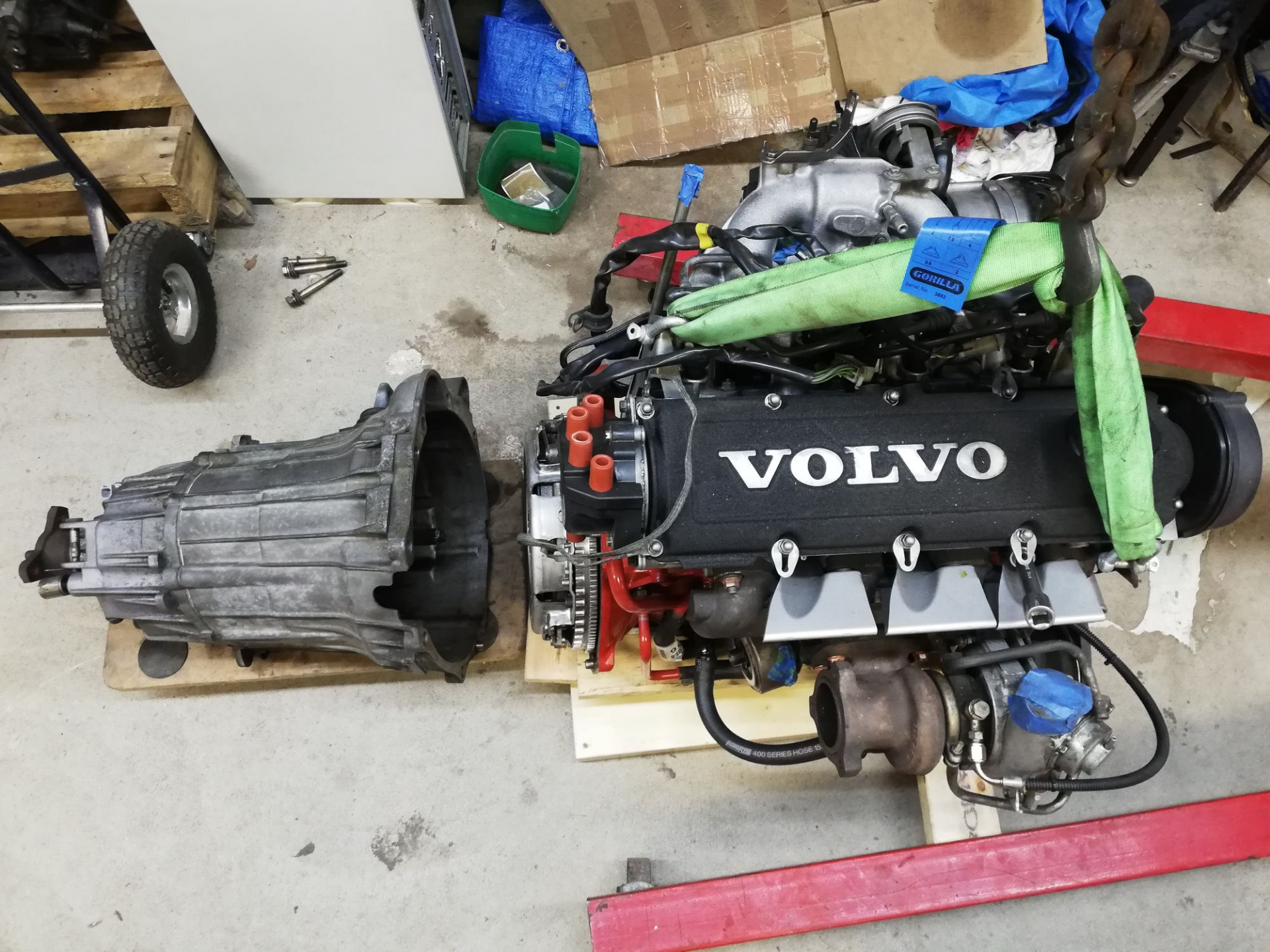
"I'm ready for you now Brad. Isn't it obvi? I'm so ready."
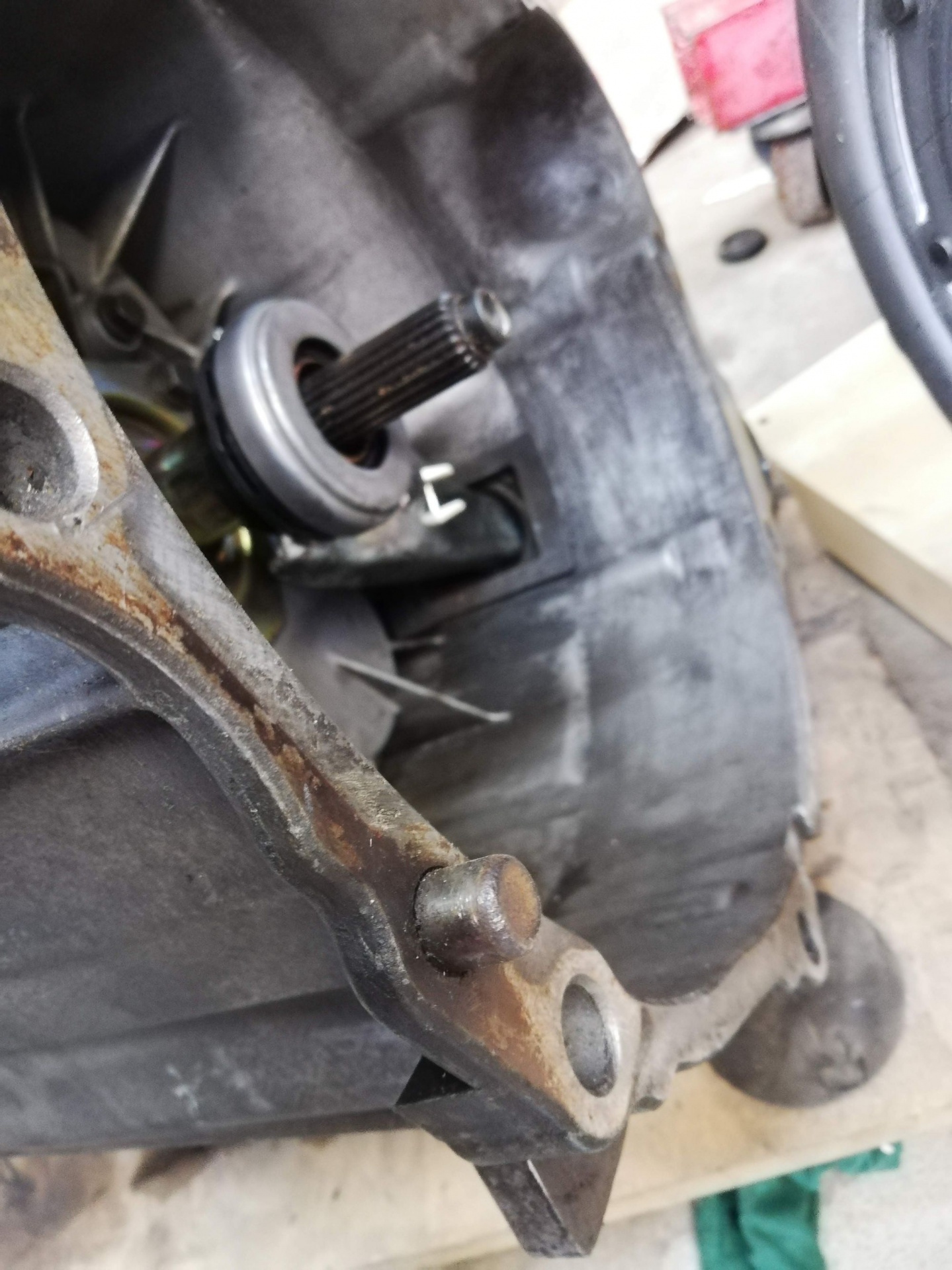
But wait, I already have one of those dowels!
But of course, the Automatic 1991 engine had a dowel that the M90 box already had. Hmm... what to do. Pull out the one from the engine or punch out the one from the gearbox... turns out punching the gearbox dowel was way easier.
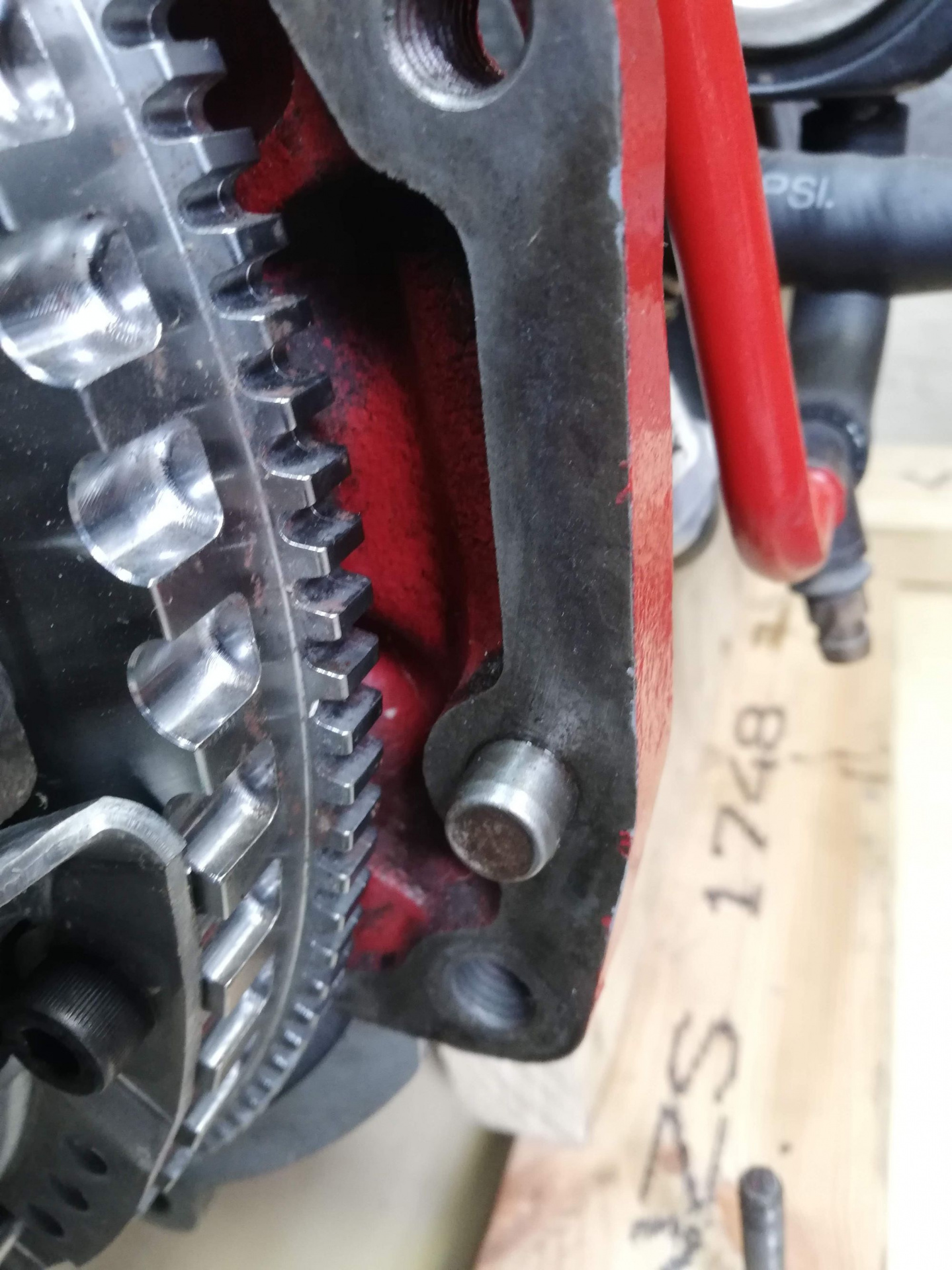
"I was here first!"
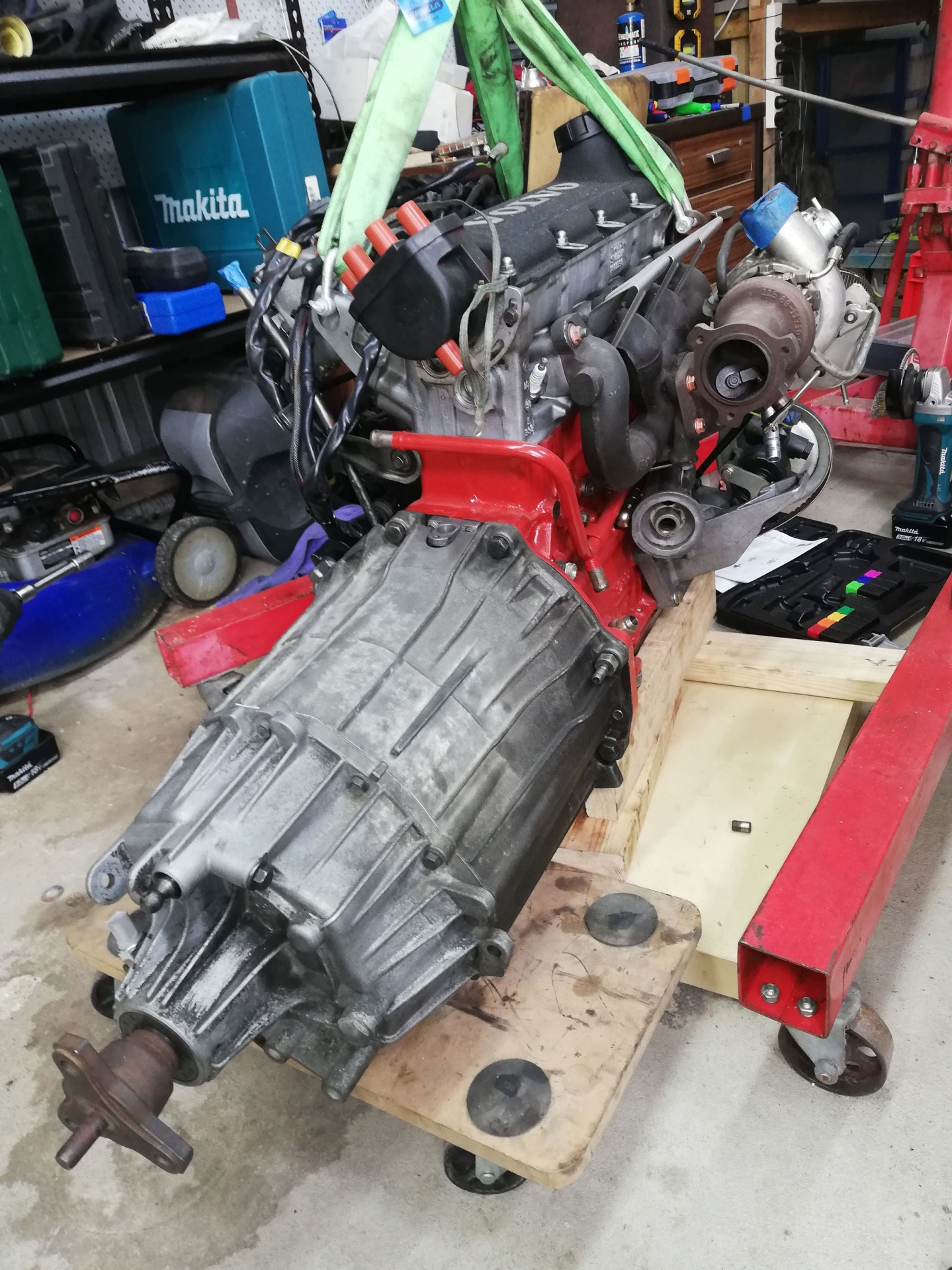
And here it is, gently offered up to the engine! Pretty easy done with one person slowly with a dolly.
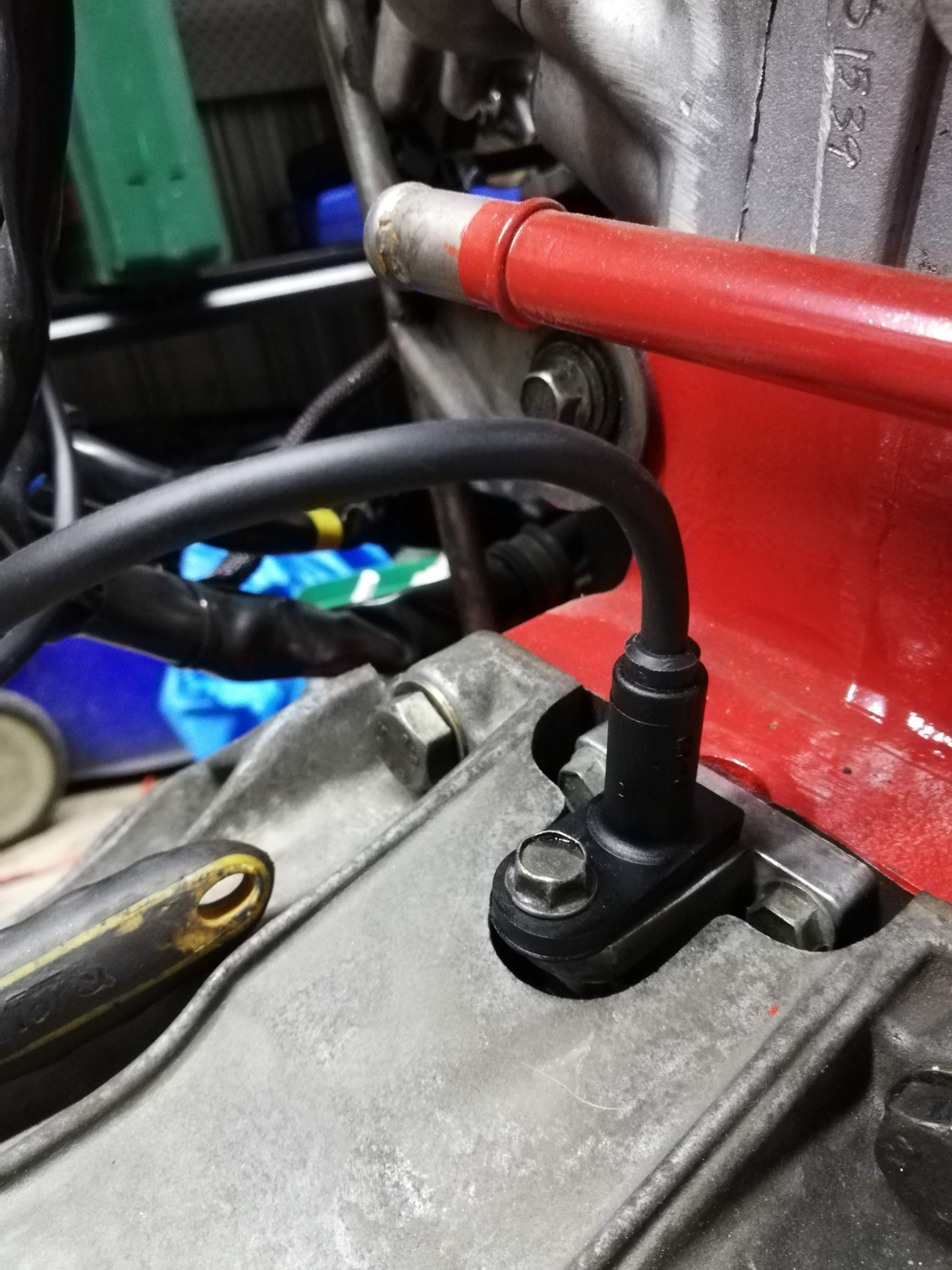
Mmmmm so fresh
Now we can install the crank position sensor!
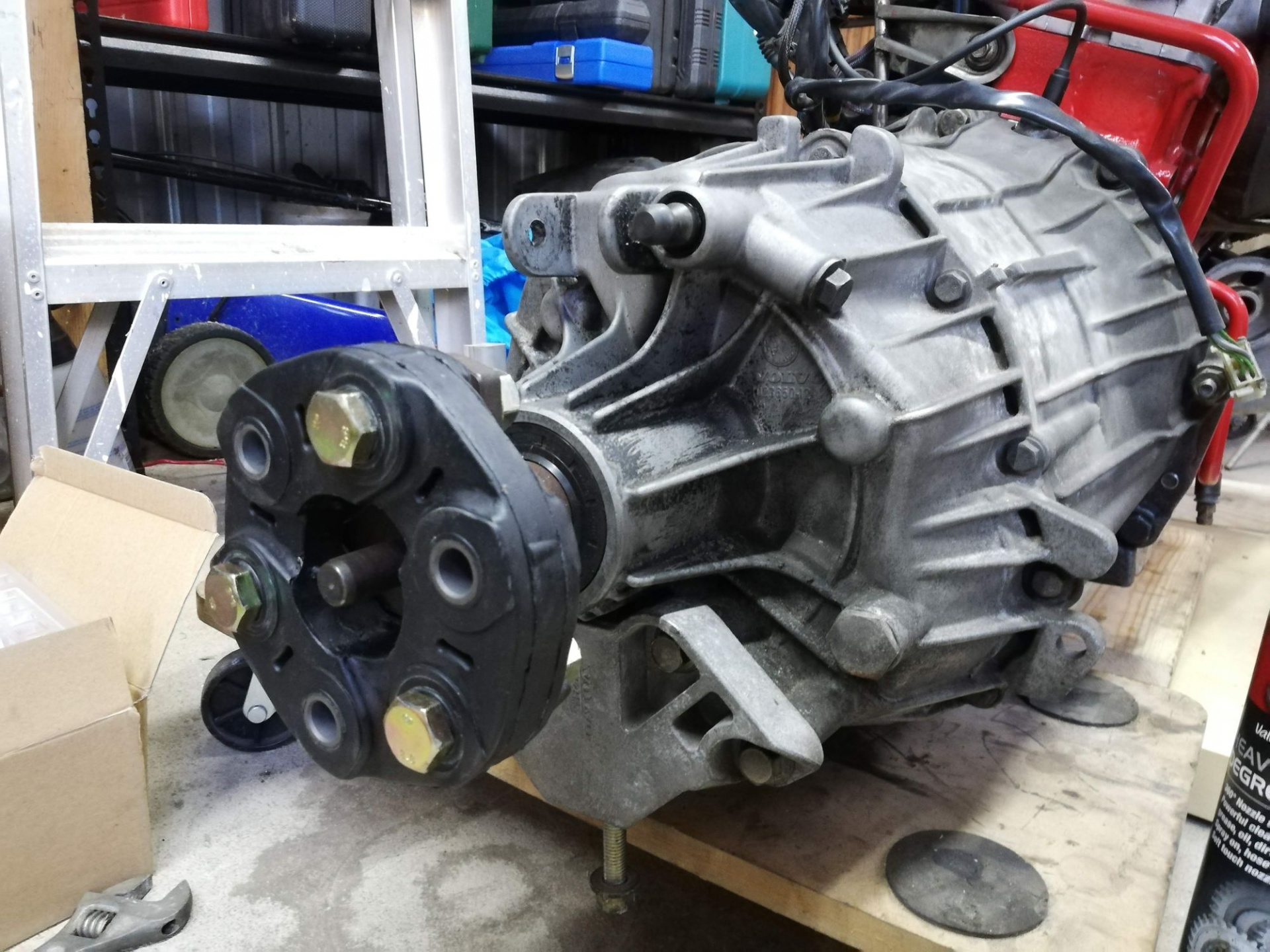
Where did the name giubo come from anyway? Wikpedia had the answer, of course. I also found out I'd been spelling it incorrectly the whole time.
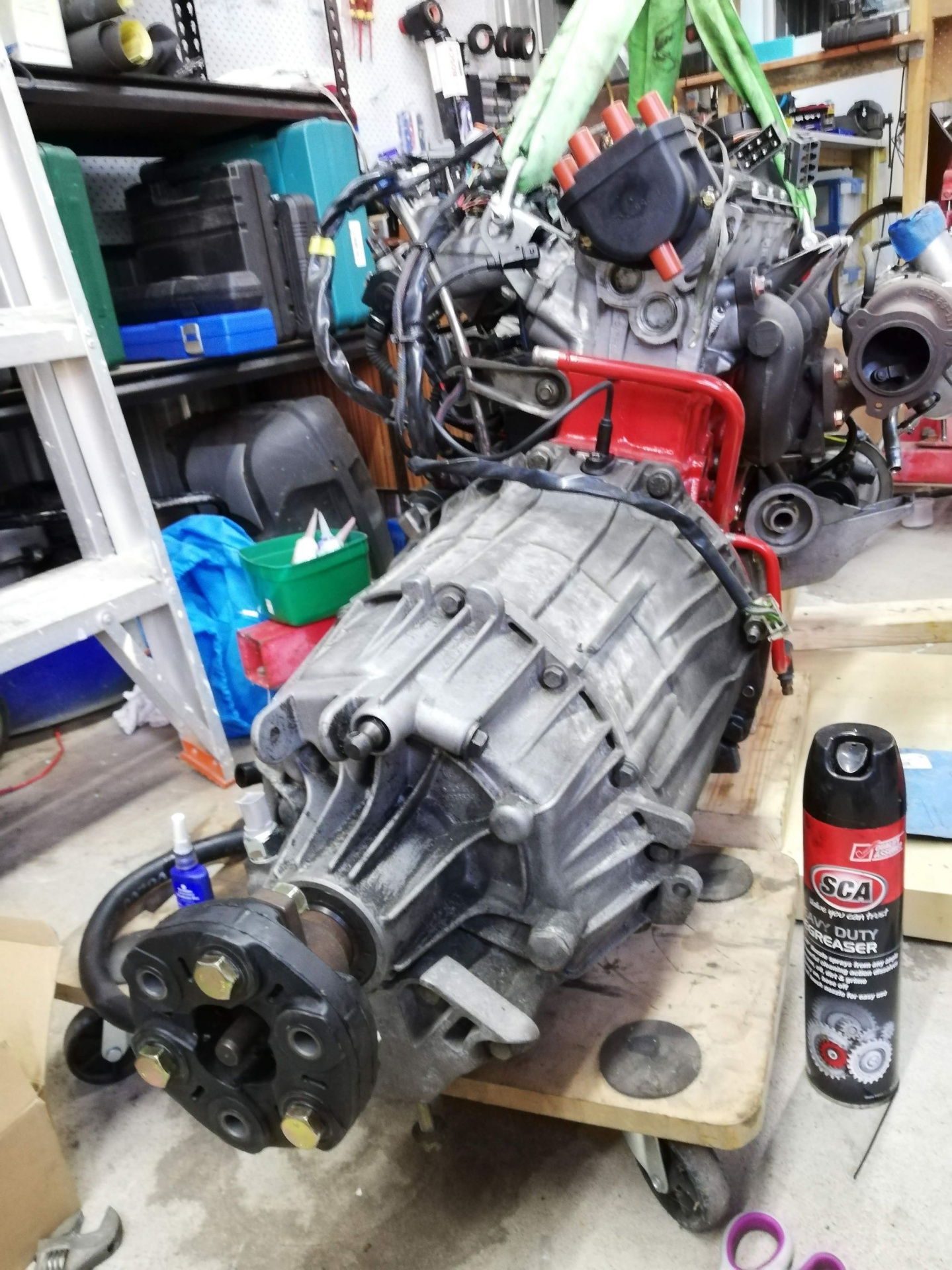
Oh yeah... now it's ready.
And now the giubo gets installed to hopefully protect the firewall a little from my clumsiness and we are ready to install the engine in the car!